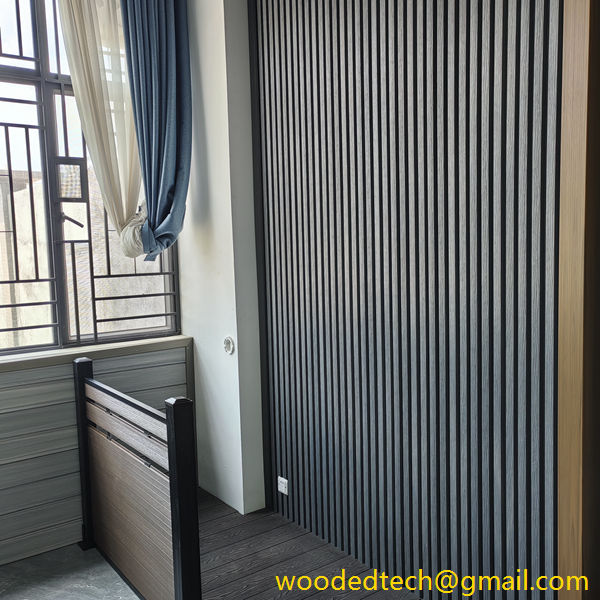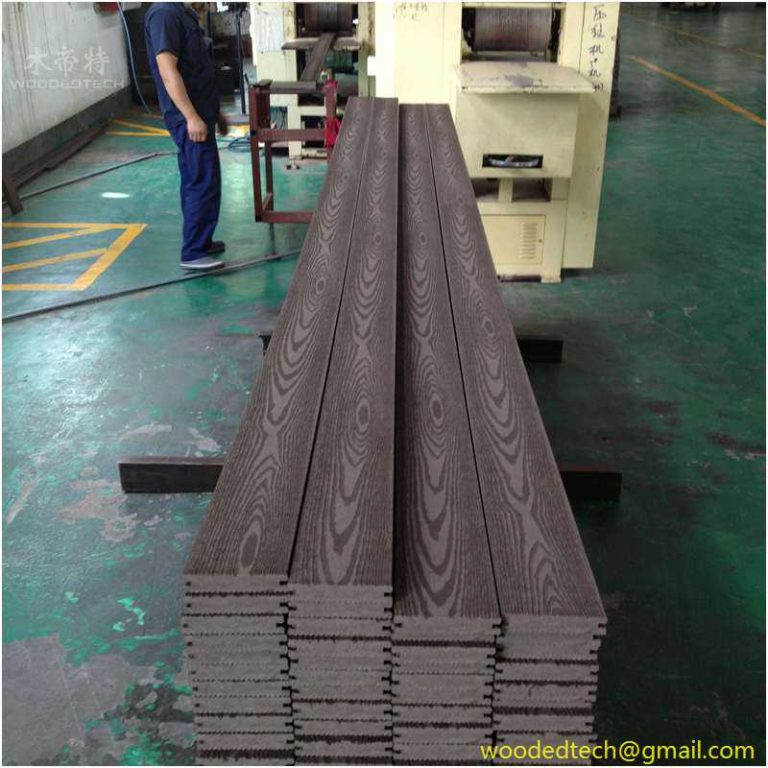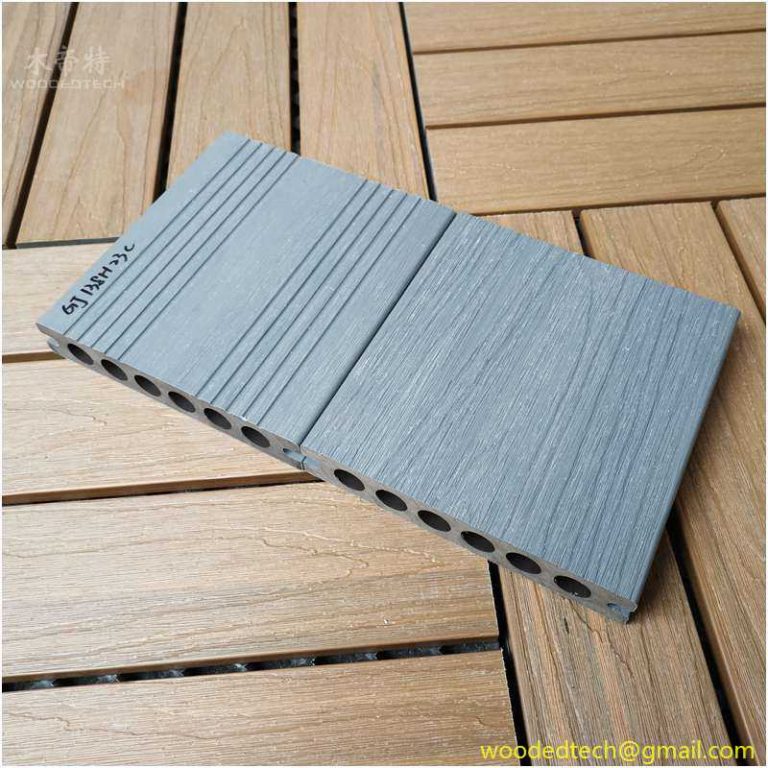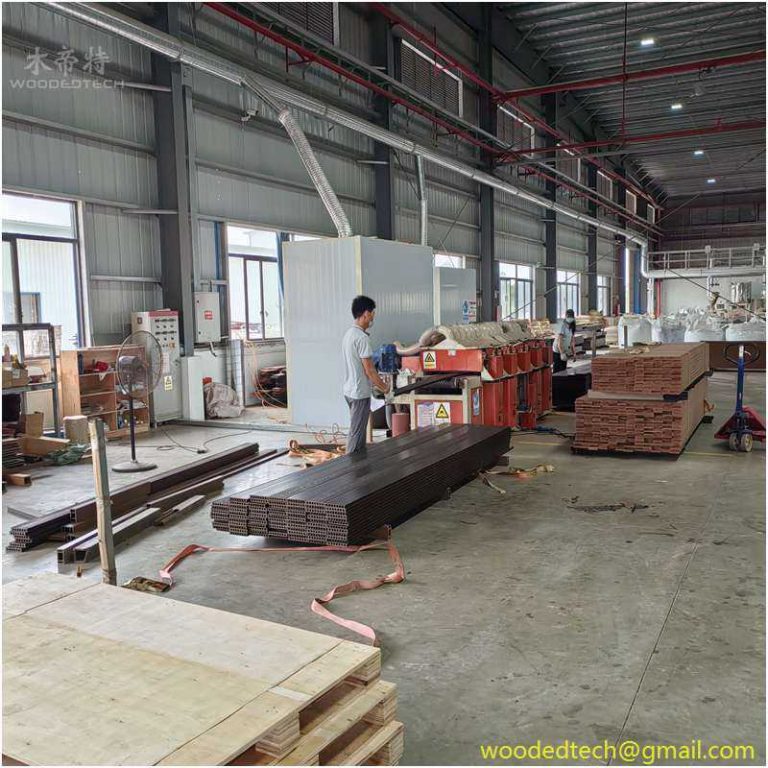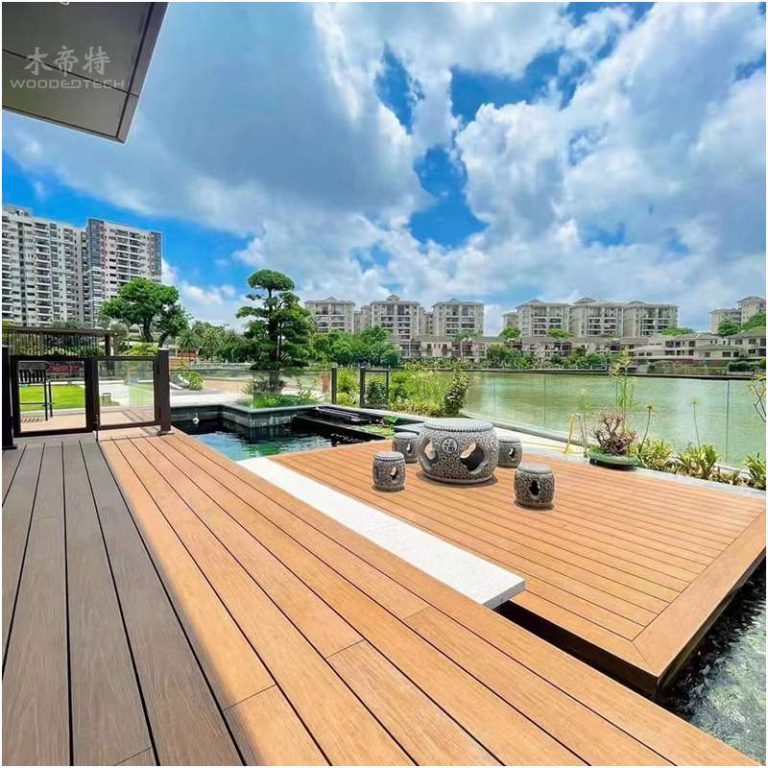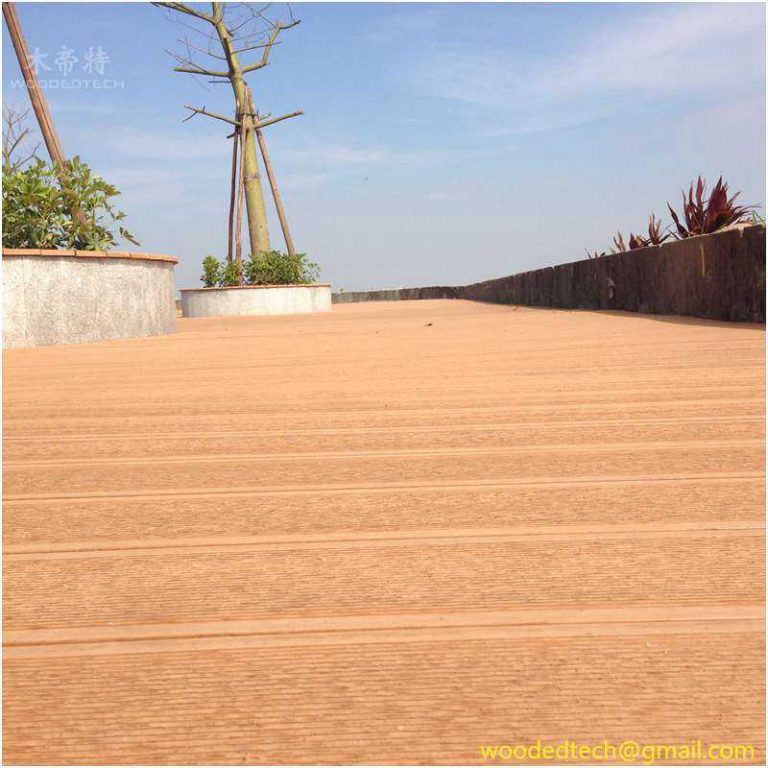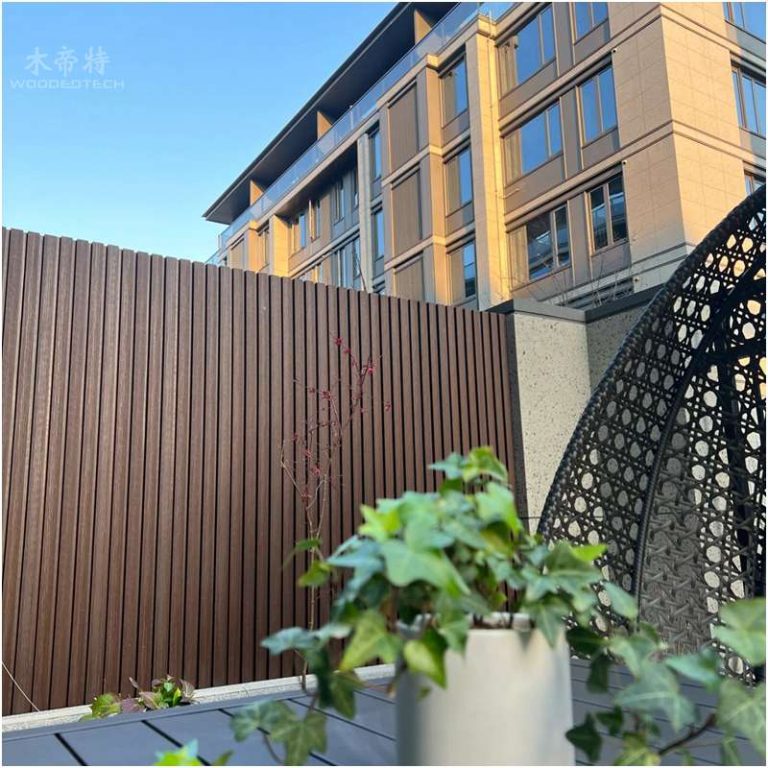Durable Composite Shed Cladding for Long-Lasting Outdoor Structures
Durable Composite Shed Cladding for Long-Lasting Outdoor Structures In the realm of outdoor structures, the choice of materials plays a critical role in determining the longevity, aesthetic appeal, and overall functionality of the final product. Among these materials, durable composite shed cladding has emerged as a popular option for homeowners and builders alike. This innovative…
Durable Composite Shed Cladding for Long-Lasting Outdoor Structures
In the realm of outdoor structures, the choice of materials plays a critical role in determining the longevity, aesthetic appeal, and overall functionality of the final product. Among these materials, durable composite shed cladding has emerged as a popular option for homeowners and builders alike. This innovative material combines the best properties of wood and plastic, offering a solution that is not only visually appealing but also capable of withstanding the harsh elements of nature.
Composite shed cladding is typically made from a blend of recycled wood fibers and high-density polyethylene (HDPE) or other polymers. This combination results in a material that mimics the natural look of wood while providing superior durability and resistance to rot, decay, and insect damage. Traditional wood cladding, while aesthetically pleasing, often requires significant maintenance, including regular painting or staining, sealing, and repairs due to weathering and insect infestations. In contrast, composite materials are designed to be low-maintenance, allowing homeowners to spend less time on upkeep and more time enjoying their outdoor spaces.
One of the most significant advantages of durable composite shed cladding is its resistance to moisture. Wood is particularly susceptible to water damage, leading to issues such as warping, splitting, and mold growth. In contrast, composite materials are engineered to resist moisture absorption, ensuring that they maintain their structural integrity even in wet conditions. This characteristic makes composite cladding an excellent choice for areas with high humidity or frequent rainfall.
Moreover, composite materials are also UV resistant, which is essential for outdoor applications. Prolonged exposure to sunlight can cause traditional wood to fade, lose its color, and become brittle over time. Composite shed cladding, however, retains its color and appearance much longer thanks to advanced UV inhibitors incorporated into the material. This means that homeowners can enjoy a beautiful exterior without worrying about frequent repainting or staining to maintain its aesthetic value.
Another critical consideration in material production technology is sustainability. The use of recycled materials in composite cladding not only reduces waste but also minimizes the environmental impact associated with traditional lumber harvesting. Many manufacturers prioritize sustainable practices, sourcing their wood fibers from responsibly managed forests and utilizing post-consumer plastics in their products. As a result, choosing composite materials for shed cladding aligns with a growing trend toward eco-friendly construction and design.
Additionally, the manufacturing process for composite materials has evolved significantly, allowing for various finishes and textures that can suit a range of architectural styles. Homeowners can select from a variety of colors, patterns, and surface textures, enabling them to create a customized look for their outdoor structures. This versatility is a major advantage over traditional wood cladding, which often requires additional treatments to achieve specific appearances.
The durability of composite shed cladding also translates into long-term cost savings for homeowners. While the initial investment may be higher than that of traditional wood, the reduced need for maintenance and replacement over time can lead to significant savings. Homeowners can avoid the costs associated with regular painting, sealing, and repairs, making composite materials a financially sensible choice in the long run.
In terms of installation, durable composite shed cladding is relatively straightforward to work with. Many products come with interlocking systems or tongue-and-groove designs that facilitate easy installation and enhance structural stability. Additionally, composite materials can often be cut and shaped using standard woodworking tools, making them accessible to both professional contractors and DIY enthusiasts.
Furthermore, composite cladding is also resistant to fire, adding an extra layer of safety to outdoor structures. While no material is entirely fireproof, the composition of many composite products minimizes the risk of ignition and helps slow the spread of flames. This characteristic is particularly valuable in regions prone to wildfires or in situations where outdoor structures are in close proximity to other buildings.
In conclusion, durable composite shed cladding represents a significant advancement in material production technology for outdoor structures. Its combination of aesthetic appeal, low maintenance requirements, moisture and UV resistance, sustainability, and safety features make it an ideal choice for homeowners seeking long-lasting solutions for their outdoor applications. As the demand for environmentally friendly and durable building materials continues to grow, composite shed cladding stands out as a versatile and reliable option that meets the needs of modern construction while contributing to a more sustainable future. By choosing this innovative material, homeowners can create beautiful, functional outdoor spaces that will withstand the test of time, allowing them to enjoy their investment for years to come.

